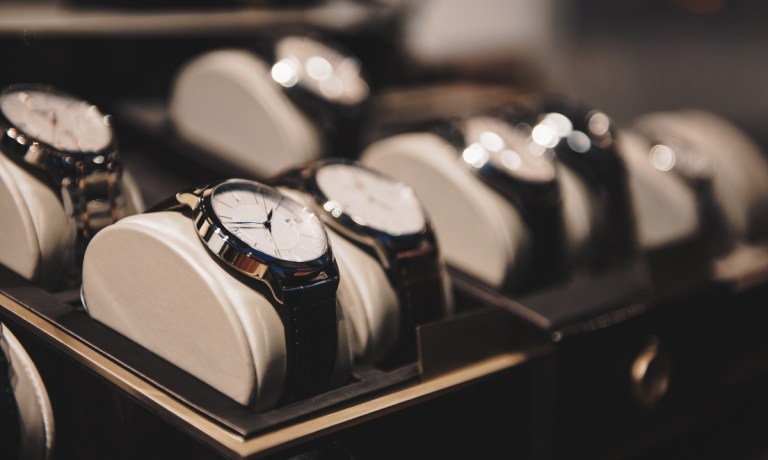
A slowdown in luxury spending, combined with excessive inventory levels for the holiday season, has reportedly prompted fears of a discounting spiral that could cheapen the image of luxury brands.
Credit card data from both Barclays and Citi reveals a decline in luxury spending in November, Reuters reported Wednesday (Dec. 13).
Luxury goods spending in the United States was down 15% year over year, following a 14% decline in October, Barclays said, according to the report.
Similarly, purchases of luxury fashion were down 9.6% year over year in November after an 11.4% decline in October, Citi said, per the report.
Retailers entered this holiday season with an excess of inventory, Olivier Abtan, partner and managing director at AlixPartners, said in the report. Last year’s purchasing orders were made before the sector began to cool off after a post-pandemic splurge.
The luxury industry is facing additional challenges due to geopolitical uncertainty in the Middle East and inflationary pressures, the report said. Shoppers in the U.S. and Europe are slowing their spending, while expectations for a post-pandemic rebound in China have been derailed by a property crisis.
Department stores could be impacted by slowing demand over the next six to 12 months, per the report. Citi analysts predict a potential challenge for luxury brands that generate a significant amount of sales outside of their own boutiques.
These stores are known for aggressive discounting, which may attract shoppers but can erode the attractiveness of fashion brands, according to the report. This could also lead consumers to hold back on purchases, waiting for future deals.
Leading luxury brands have maintained a tight grip on retail operations by selling mainly through their own stores, the report said. This strategy allows them to avoid discounts and maintain control over their brand image.
Direct-to-consumer sales by these brands have been increasing, accounting for 52% of the personal luxury goods market in 2023, up from 40% in 2019, per the report.
Luxury fashion houses have become more equipped to handle crises compared to the 2008-2009 financial crisis, according to the report. They have embraced artificial intelligence (AI) to predict sales volumes and adjust production accordingly. Additionally, they have fine-tuned their product mix to include both seasonal and more permanent styles.
It was reported on Dec. 8 that luxury brands are seeking discreet ways to unload their unsold inventory without appearing desperate. With the current excess stock, brands are exploring options like off-price outlets and other back channels that can clear the stock.